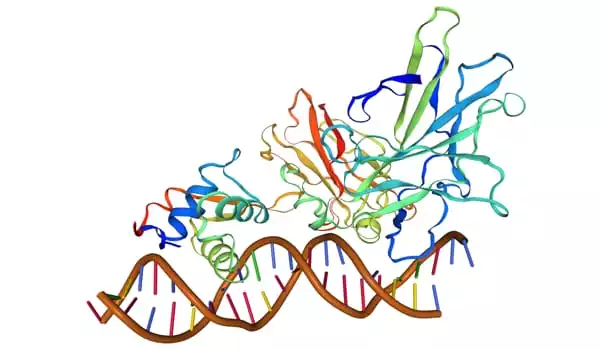Scientists are using mutant mice to develop a novel neurobiological framework for understanding the brain changes observed in distractible individuals who contain a common gene mutation whose frequency has been linked to Attention Deficit Hyperactivity Disorder (ADHD). The researchers show that mice that have the mutation exhibit an inattentive behavior comparable to that seen in humans.
The study used genetically engineered mice to examine the neural and behavioral effects of a choline transporter (CHT) variant, which was led by researchers from the University of Michigan in collaboration with Florida Atlantic University, Temple University, and the National Institute on Deafness and Other Communication Disorders, National Institutes of Health. Prior work by the team has shown that the variant associated with heightened distractibility in humans, though whether the variant was itself causal for inattention was unclear.
The researchers in the present study introduced a single alteration in the gene encoding the neuronal CHT and then looked for physiological changes in the brain, focusing on their ability to sustain production and release of the potent brain neurotransmitter acetylcholine, which is synthesized from choline.
Disruption of cholinergic signaling reduces one’s ability to filter out distractions and complete focus-demanding tasks in humans. Because acetylcholine plays a role in muscular contraction, particularly the muscles that control breathing, total loss of CHT function in mice and humans results in premature death. Less severe reductions in CHT activity allow for normal growth and locomotion, but when pushed to run on a treadmill, mice with these abnormalities experience premature tiredness. Work from the new study reveals that the mice show signs of mental fatigue as well.
Our findings from this mouse model point to the possibility of a more thorough research of the impact of the CHT Val89 mutation in the brain, as well as the development of treatment options for patients with disturbed cholinergic signaling.
Eryn Donovan
The study’s findings, published in The Journal of Neuroscience, show that the CHT gene variant known as Val89 reduces the rate of choline uptake and the capacity to sustain acetylcholine production during attention-demanding conditions, resulting in poor cognitive performance when the mice face attentional challenges. The findings from the mouse research gives direct proof that Val89 drives higher vulnerability to distraction and provides a molecular foundation for the reduced frontal cortical activation reported in Val89-expressing humans.
“Our mouse studies, along with prior behavioral and brain imaging studies, indicate that a single copy of the variant is sufficient to change acetylcholine availability and its resulting cognitive effects,” said Randy D. Blakely, Ph.D., co-author, executive director of the FAU Stiles-Nicholson Brain Institute and professor, FAU Schmidt College of Medicine. “Seeing effects from a single copy of Val89 suggests that choline transport may be mediated by a pair of CHT proteins such that one poorly functioning copy can impact the normal function of the other, leading to stronger effects than expected from simply having one copy compromised.”
This finding has been reported before in people with neuromuscular disorder causing CHT mutations, but this also appears to be the case for brain function.

“Val89 mice lack cognitive flexibility in response to an attentional challenge,” stated Eryn Donovan, principal author and doctoral student at the University of Michigan’s Department of Psychology. “Our findings from this mouse model point to the possibility of a more thorough research of the impact of the CHT Val89 mutation in the brain, as well as the development of treatment options for patients with disturbed cholinergic signaling.”
According to a 2016 parent survey, the projected number of children diagnosed with ADHD in the United States is 6.1 million, according to the Centers for Disease Control and Prevention. According to the same poll, 6 in 10 children with ADHD had at least one other mental, emotional, or behavioral condition, and 62% were taking ADHD medication. Although ADHD most often occurs in children, it also can be diagnosed in adulthood.
“We believe that the CHT Val89 mouse can be a useful model for studying heritable risk for cognitive diseases caused by cholinergic dysfunction,” Blakely said. “We can now gain much more insight into the brain effects of the Val89 variant in ways that humans cannot do, potentially leading to new ways to treat disorders associated with brain acetylcholine signaling that appear in childhood, such as ADHD, or during aging, such as Parkinson’s disease and Alzheimer’s disease.”
In addition to providing new insights into a potential risk factor for psychiatric and neurological disorders, Martin Sarter, Ph.D., a professor of psychology and neuroscience at the University of Michigan and the study’s communicating author, claims that their findings explain why healthy people who express this genetic variant have strong attentional vulnerabilities.
“Because this genetic variant is extremely widespread, occurring in roughly 9 to 10% of adults,” Sarter explained, “we now understand exactly how this variant effects the brain circuits that are crucial for paying attention.”





